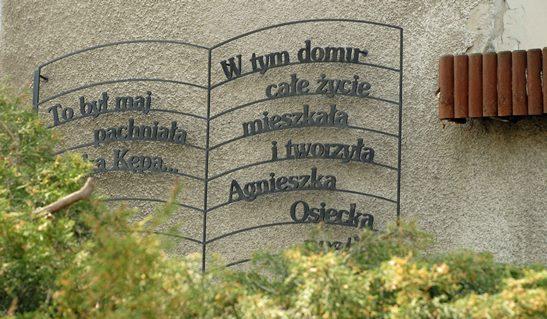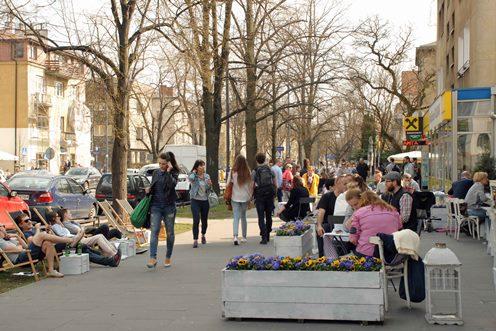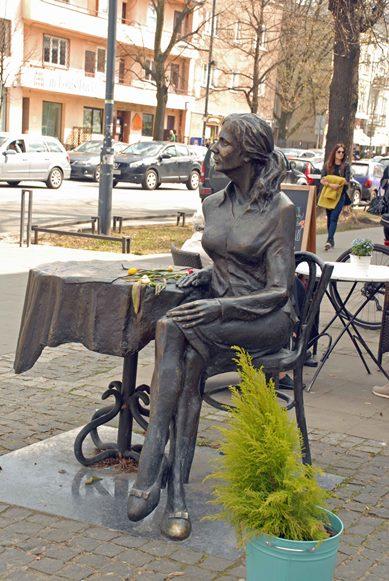
-
 Thank you for your method for mincing jalapeno peppers. I use it!
Przez:domowypatchwork 29Dec2020
Thank you for your method for mincing jalapeno peppers. I use it!
Przez:domowypatchwork 29Dec2020 -
 Thank you!
Przez:domowypatchwork 29Dec2020
Thank you!
Przez:domowypatchwork 29Dec2020 -
 Inka is our chickory coffee. I think that you can use any kind of coffee ...
Przez:domowypatchwork 29Dec2020
Inka is our chickory coffee. I think that you can use any kind of coffee ...
Przez:domowypatchwork 29Dec2020 -
 What a wonderful idea! I will make this with blackberry preserves, without the ...
Przez:Andrea 23Dec2020
What a wonderful idea! I will make this with blackberry preserves, without the ...
Przez:Andrea 23Dec2020 -
 This fish soup looks delicious!
I love soup.
Przez:Andrea 22Dec2020
This fish soup looks delicious!
I love soup.
Przez:Andrea 22Dec2020
French alleys in Warsaw
You might know that Francuska Street is the main street of Saska Kępa, but did you know that Saska Kępa was not always called "Saska"? It used to be Kępa Wiślana because it was an island on the river, then it was Kępa Solecka because it belonged to Solec Village, and then Kawcza and Holenderska. It came to be called Saska because August III Sas discovered the place and was fond of having picnics there.
Francuska Street was built in 1925 and though it is difficult to believe it now, at first it ran through an empty square without any buildings.
Saska Kępa is associated with Agnieszka Osiecka, a Polish poetess, author of lyrics, writer and film and theatre director. On Francuska Street no. 31 was café Sax. Agnieszka Osiecka was an habitué as for most of her life she lived just two streets away. Reputedly she used to sit at a small table next to the wall and write poems on paper napkins. On the façade of the building in which she lived there hangs a genuine memorial with the lyrics of "Małgośka" one of Agnieszka Osiecka's greatest hits.
At the corner of Francuska Street and Obrońców Street there is the popular café, Rue de Paris. In fact it is a pancake restaurant. Since 2007 there has been a monument to Agnieszka Osiecka sitting at a round café table.
In one of the gardens an outdoor sculpture gallery was created by artists from Saska Kępa. During the World Intellectualists' Congress in 1948 Pablo Picasso walked along these streets.
As in a lot of Warsaw corners you can find traces of history here. Next to new buildings and apartment complexes and family homes you can find buildings which bear scars from the Second World War. The building at Berezyńska Street is one such unusual memento. Its sandstone clad façade surprises us with a raft of bullet holes in the walls. This is a memento of Poland's defence of Warsaw in 1939.
Information taken from „Spacerownik Warszawski" J.S Majewski, D. Bartoszewski, T.Urzykowski






